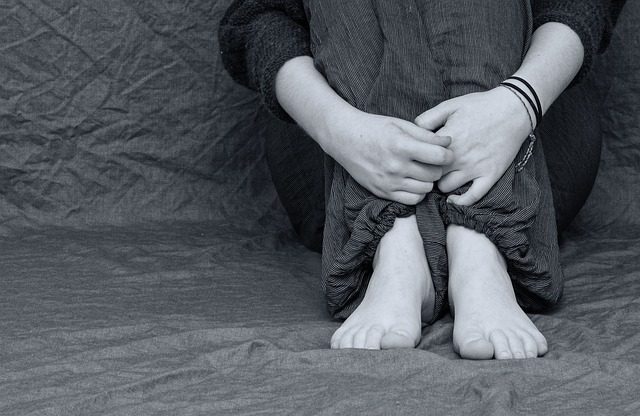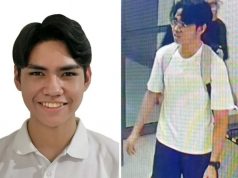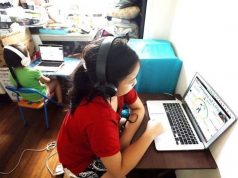
The announcement of an investigation into the series of videos of physical assault perpetrated by a student from Ateneo de Manila Junior High School did not taper the uproar online.
Parents accused the school of trying to protect the student despite being caught on video committing acts of bullying.
The Department of Education, meanwhile, issued a reminder to students to report and speak out on incidents of bullying before their peers, parents and teachers for “proper intervention.”
“The Department also encourages learners who experience or witness bullying, abuse, or retaliation to speak up and report verified incidents to their peers, parents, teachers, and the appropriate authorities for proper intervention,” it said.
A series of clips that circulated on social media on the evening of December 20 showed a junior high school student, along with several others, harassing fellow students.
One of the videos showed a boy throwing punches at a taller boy until his nose bled. As of writing, the original account of the accused is still deactivated. His family has also yet to issue an official statement.
The clips have also been removed from Facebook and Twitter the next day. Copies of the clips, however, are still shared on some social media pages but it is difficult to determine their source.
Impact of bullying on children
According to Republic Act 10627 or the Anti-Bullying Act of 2013, bullying is defined as “any severe or repeated use by one or more students of a written, verbal or electronic expression, or a physical act or gesture, or any combination thereof, directed at another student.”
Researchers of a study titled “Long-term effects of bullying” found that childhood bullying has adverse effects on the victims’ physical and mental health and these worsen as they grow up.
“Many children abstain from school due to bullying and related health problems and being bullied throws a long shadow over their lives. To prevent violence against the self (eg, self-harm) and reduce mental and somatic health problems, it is imperative for health practitioners to address bullying,” they said.
They explained three different types of bullying. Direct bullying refers to repeated physical or verbal harm directly committed by the children. Indirect or relational bullying, meanwhile, covers actions that “damage relationships” such as deliberately ostracizing members of a group or spreading gossip against a person. Cyberbullying is inflicting harm against a person through electronic means such as via social media platforms.
A similar study titled “Bully Victims: Psychological and Somatic Aftermaths” cited that young victims of bullying often develop social difficulties, anxiety, depression and other mental disorders later in life.
In terms of somatic symptoms, these children are also vulnerable to many illnesses such as sore throats, headaches, abdominal pain and fatigue.
Philippine laws against bullying in schools
The Anti-Bullying Act of 2013 prohibits bullying all forms of bullying against children inside and outside of the school.
Section 3 specifically stated that:
“All elementary and secondary schools are hereby directed to adopt policies to address the existence of bullying in their respective institutions.”
Similarly, DepEd had issued a Child Protection Policy that establishes “zero tolerance against any form of violence against the child.”
Children below 18 years old are also protected by Republic Act No. 7610 or the Special Protection of Children against Abuse, Exploitation and Discrimination Act. It includes all forms of abuse.
The Committee for the Special Protection of Children which was created by virtue of Executive Order No. 53 is tasked to monitor and handle all cases of child abuse and violence.









